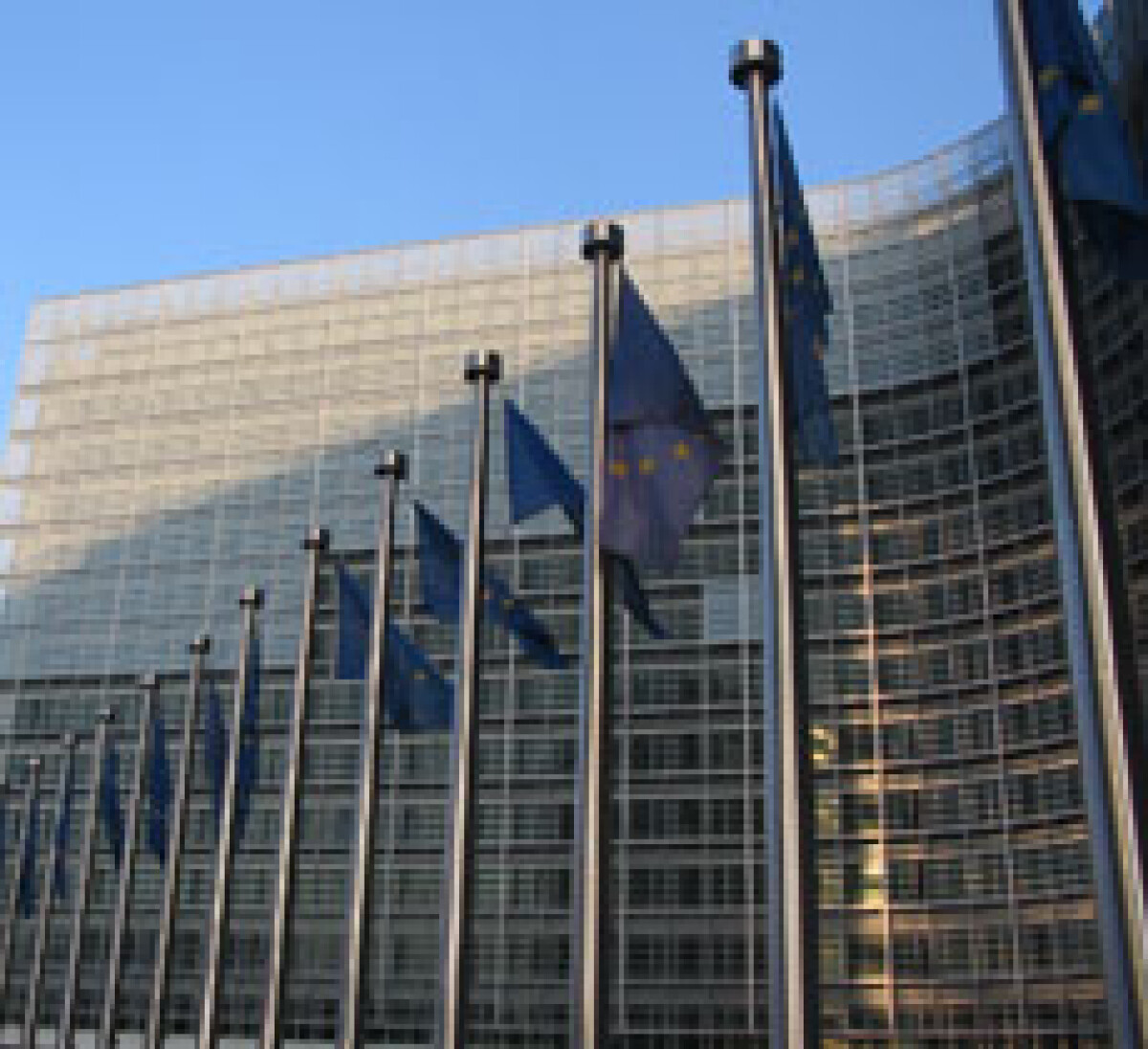European Commission launched a consultation to reduce emissions of industrial gases

Consultation starts from a study on the same day stating that the existing EU Regulation on fluorinated gases has a significant impact, but without further action the emissions of these gases are expected to remain at current levels over the long term and concludes that EU could cut up to two thirds of current emissions by 2030 with the implementation of appropriate interventions.
Connie Hedegaard - Commissioner responsible for Climate Action- said that "the EU Regulation on fluorinated gases has been able to counter a growing trend in emissions, and has stimulated technological innovation. However, the transition to a competitive low carbon emissions in the EU by 2050 requires ambitious action aimed at reducing emissions from all sectors. It ´s clear that there is a broad field of application for cost-effective reductions in emissions of fluorinated gases and after the public consultation I intend to propose new legislative measures in the next year. "
Fluorinated gases are now about 2% of greenhouse gas emissions of the EU and the current European policy on their use in mobile air conditioning systems is already contributing to the objectives of reducing greenhouse gas emissions at the level of EU and Member States as required by the Kyoto Protocol.
To help the EU and Member States to achieve emissions targets set by the Kyoto Protocol two legislative acts were published in 2006:
- Directive 2006/40/EC - "directive on mobile air conditioning systems" - which prohibits the use of fluorinated gases with high global warming potential from 2011;
- Regulation (EC) N. 842/2006 - "F-Gas Regulation" - which aims to prevent leaks from equipment containing these gases. Compared to the Directive it only provides for certain restrictions on the use of fluorinated gases.
Source: ATF


